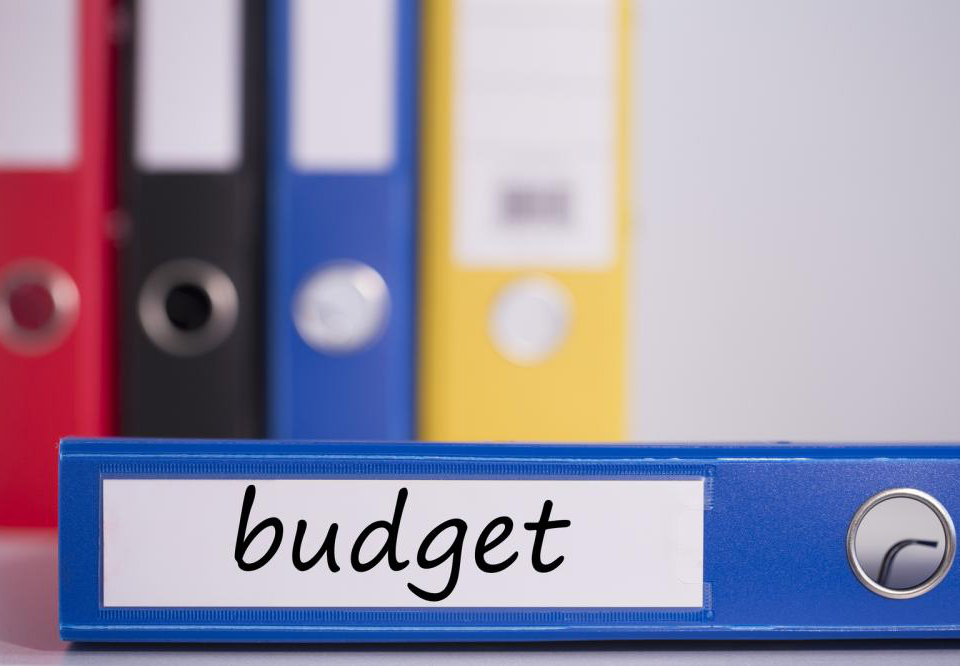Basics of Accounts Receivable Financing

Use These Tips for Business Success
May 28, 2019Important Points to Consider before Taking out a Loan
May 30, 2019A lot of businesses run on credit purchase and sales. The party at the purchasing end often finds it really comfortable to receive supplies and resources without paying for them upfront but the selling party is the one which has to wait impatiently to receive the payment on an invoice. Here the situation is as such that the goods have been delivered or services have been rendered but the payments take several weeks or even months in order to be repaid.
Although this might not seem to be a much bigger problem at first, but then you realize the cost of doing business, the salary that is given to the employees, rent, and supplies purchase all remain constant and need to be paid for in time. This is the time when you need to look for a solution and accounts receivable financing also known as invoice financing can be your best possible option.
How it works
Invoice financing basically works in such a way that it lets you trade the outstanding invoices for capital. This allows you to have extra cash, also called your reserve, from which you can pay for your other expenses while waiting for the customers to pay. By financing your accounts receivable you are making sure and certain that the business keeps running as usual and as planned even when you have not received payments for your invoice and are waiting for them. The unpaid invoices here serve as the collateral for the loan.
Steps involved in the financing process
Step # 1: From all your expected receivables select the one against whom you’d like to avail the financing option and keep them as collateral against the loan that you are planning to take
Step # 2: Once the receivables have been selected and finalized apply for funding with a company that finances accounts receivables.
Step # 3: Once the application has been made and it gets approved by the company you would generally receive a portion, which is either eighty to ninety percent, of the invoice’s face value by the company who is your lender.
Step # 4: The funds extended to you are then used to cover the expenses of your business. While the funds have been extended a fee is also charged on them on a weekly basis until the customer pays the invoice.
Step # 5: Finally, the customer eventually pays the amount of the invoice directly to the lender.
Step # 6: After receiving the amount of invoice repayment, the financing company which is the lender deducts the decided fee. This fee is calculated based on how long the customer took to repay the amount. The amount remaining after the deduction is then transferred to the business’s current account.


